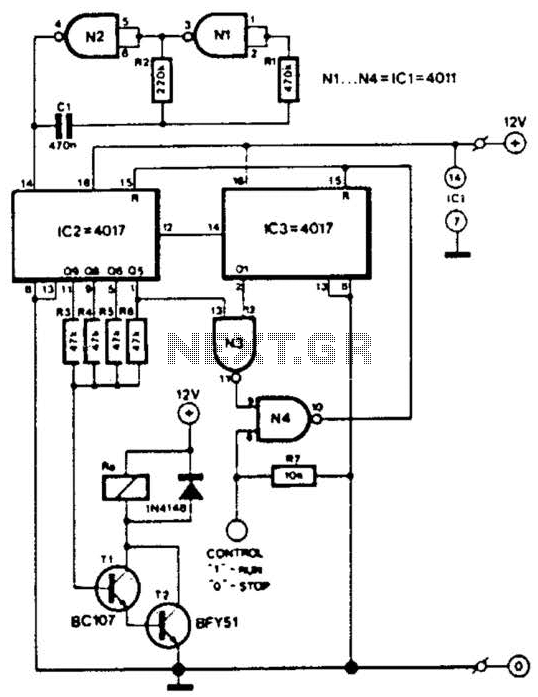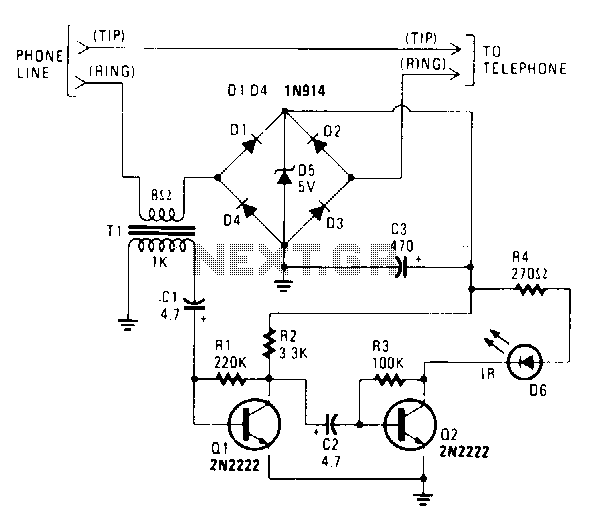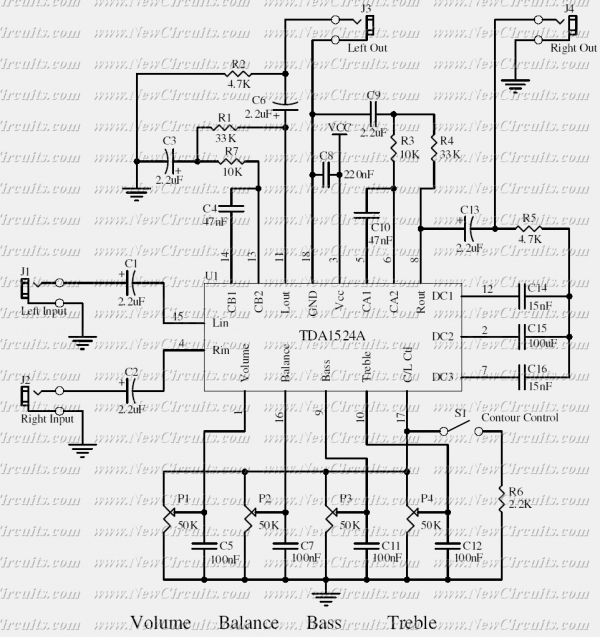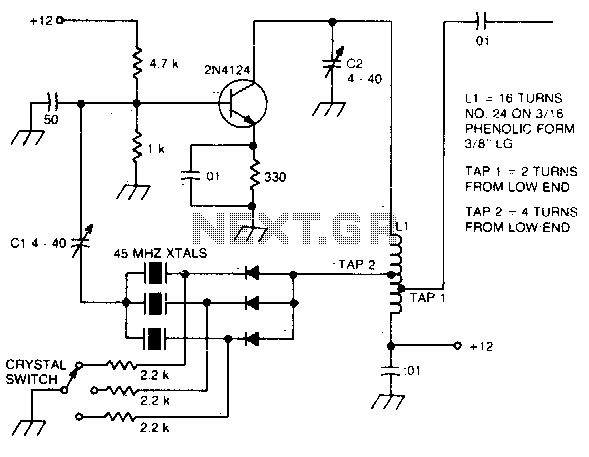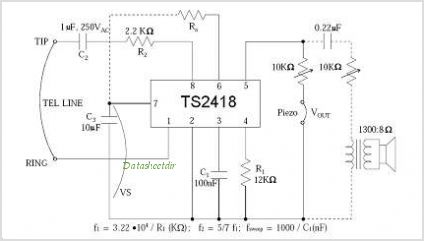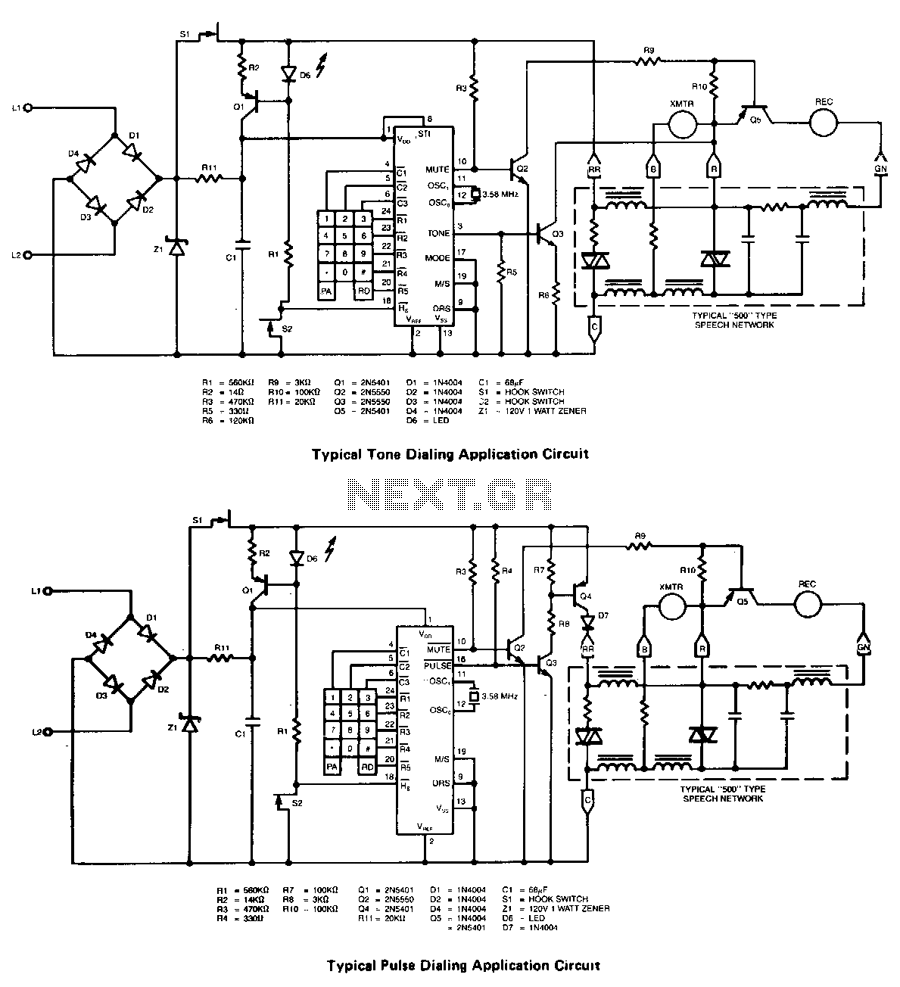
Telephone tone ringer

This is a complete telephone bell replacement circuit with minimal external components, featuring an on-chip diode bridge and transient protection, along with direct drive for piezoelectric transducers.
The telephone bell replacement circuit is designed to efficiently replace traditional mechanical bells found in telecommunication systems. It utilizes an integrated approach, incorporating an on-chip diode bridge that allows for the conversion of alternating current (AC) to direct current (DC), thus simplifying the design and reducing the number of external components required.
The circuit includes transient protection mechanisms to safeguard sensitive components from voltage spikes, ensuring reliable operation in various electrical environments. This is particularly important in telecommunication applications, where line conditions can fluctuate.
Additionally, the circuit is capable of directly driving piezoelectric transducers, which are known for their high efficiency and low power consumption. This direct drive capability eliminates the need for additional amplification stages, further streamlining the design and enhancing overall performance.
In summary, the telephone bell replacement circuit provides a compact and efficient solution for ringing applications in telecommunication systems, leveraging integrated components for reliability and ease of use.This is a complete telephone bell replacement circuit with minimum external components with on-chip diode bridge and transient protection and direct drive for piezoelectric transducers. 🔗 External reference
The telephone bell replacement circuit is designed to efficiently replace traditional mechanical bells found in telecommunication systems. It utilizes an integrated approach, incorporating an on-chip diode bridge that allows for the conversion of alternating current (AC) to direct current (DC), thus simplifying the design and reducing the number of external components required.
The circuit includes transient protection mechanisms to safeguard sensitive components from voltage spikes, ensuring reliable operation in various electrical environments. This is particularly important in telecommunication applications, where line conditions can fluctuate.
Additionally, the circuit is capable of directly driving piezoelectric transducers, which are known for their high efficiency and low power consumption. This direct drive capability eliminates the need for additional amplification stages, further streamlining the design and enhancing overall performance.
In summary, the telephone bell replacement circuit provides a compact and efficient solution for ringing applications in telecommunication systems, leveraging integrated components for reliability and ease of use.This is a complete telephone bell replacement circuit with minimum external components with on-chip diode bridge and transient protection and direct drive for piezoelectric transducers. 🔗 External reference
